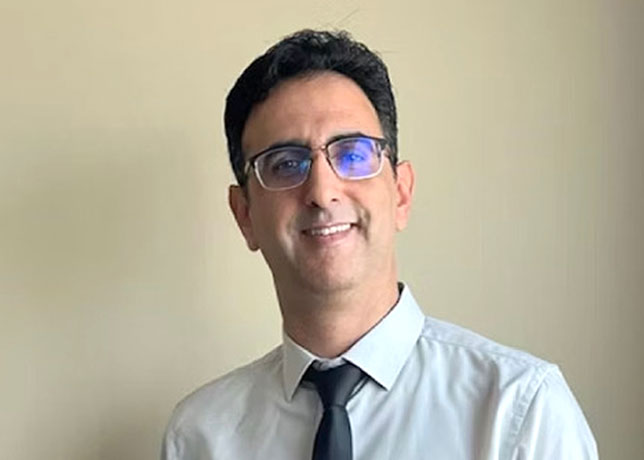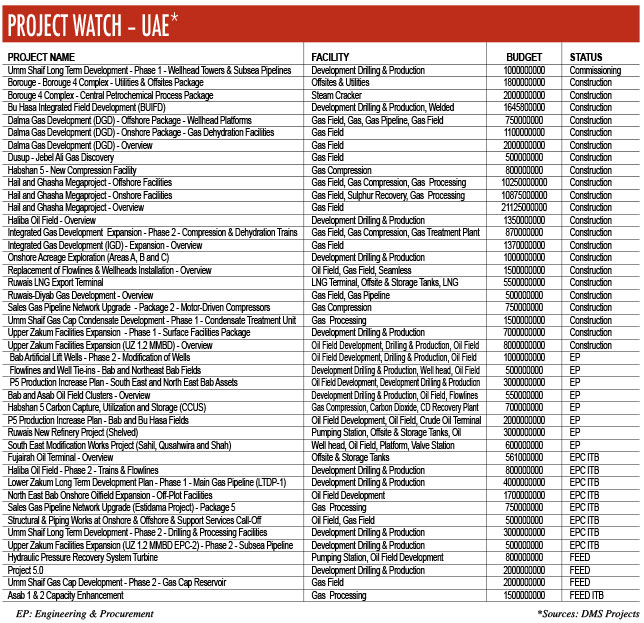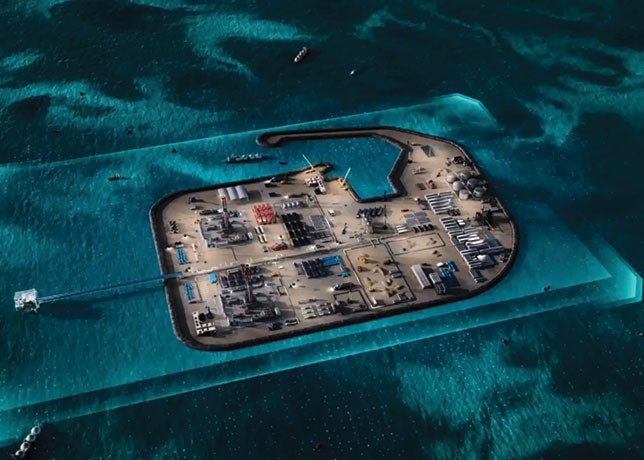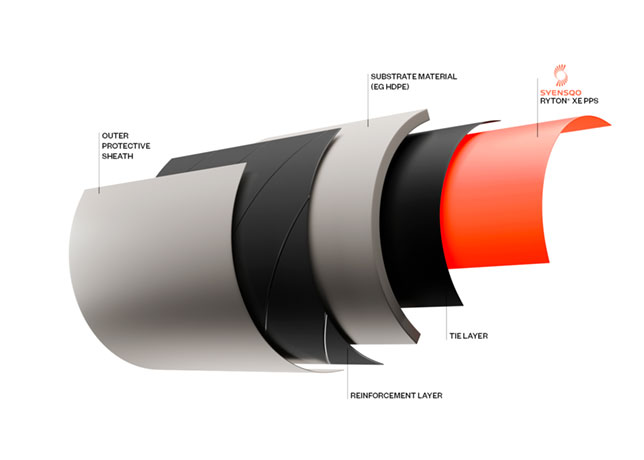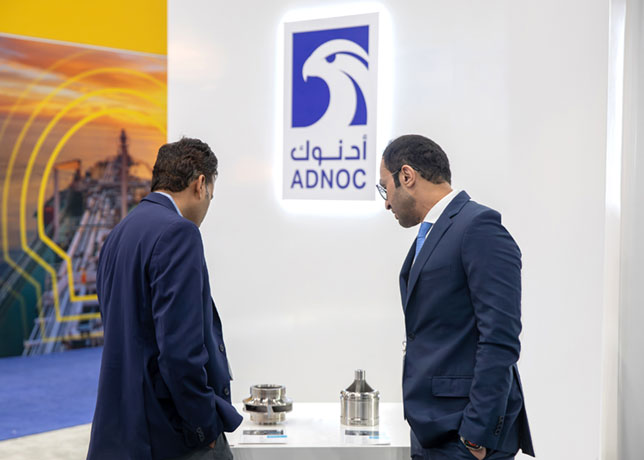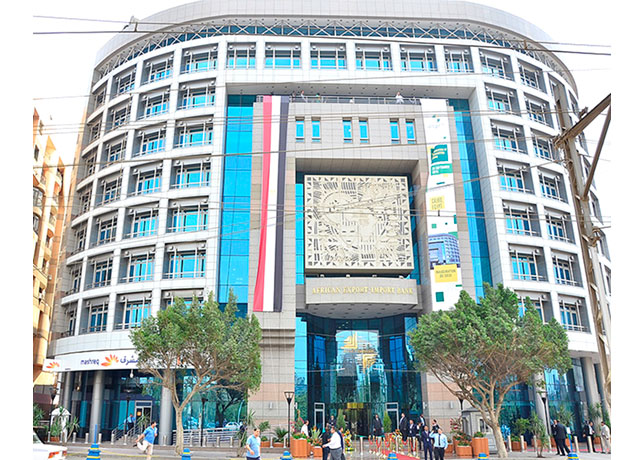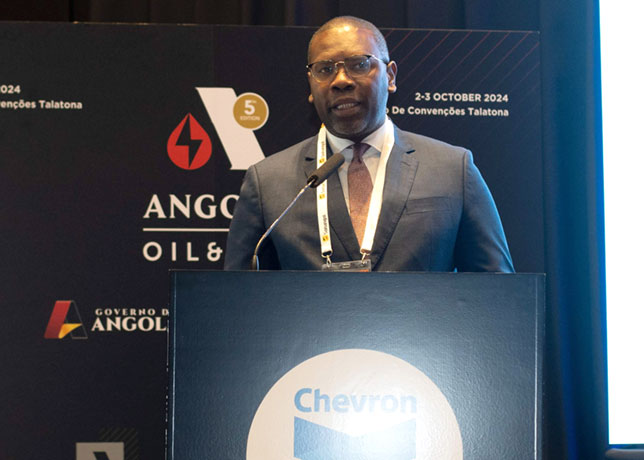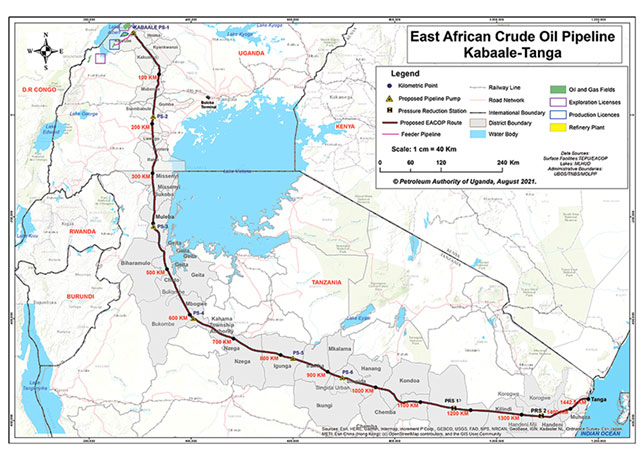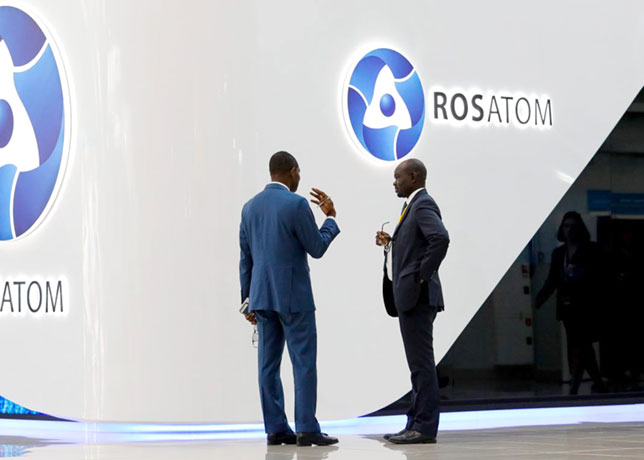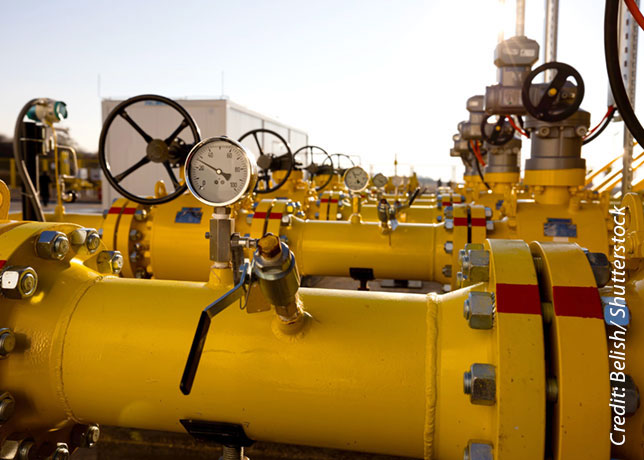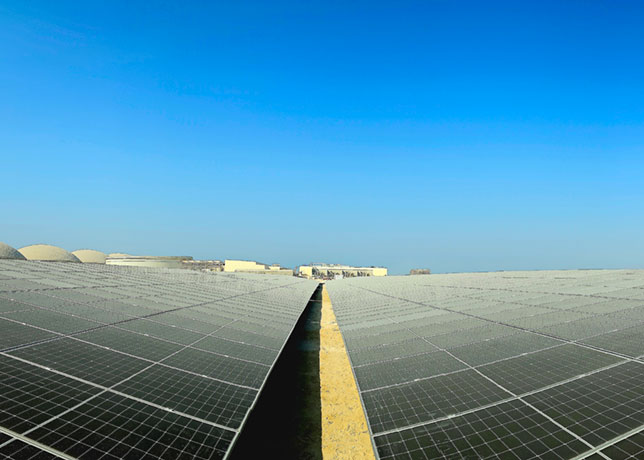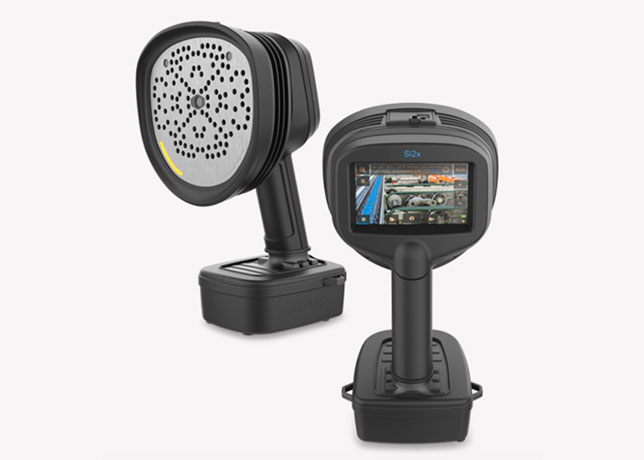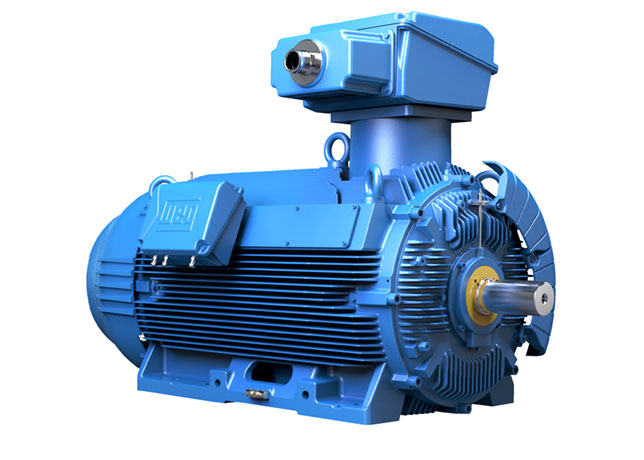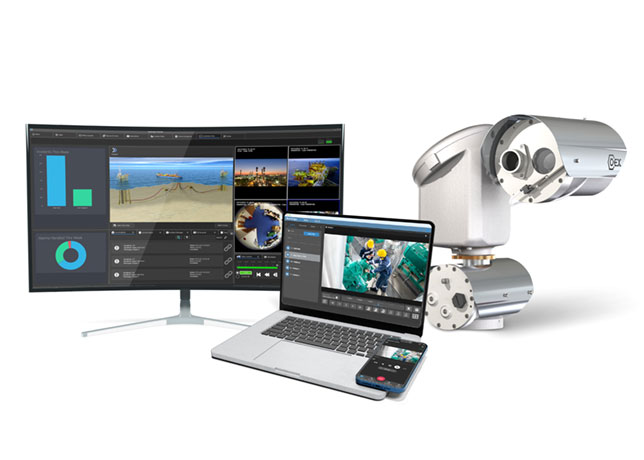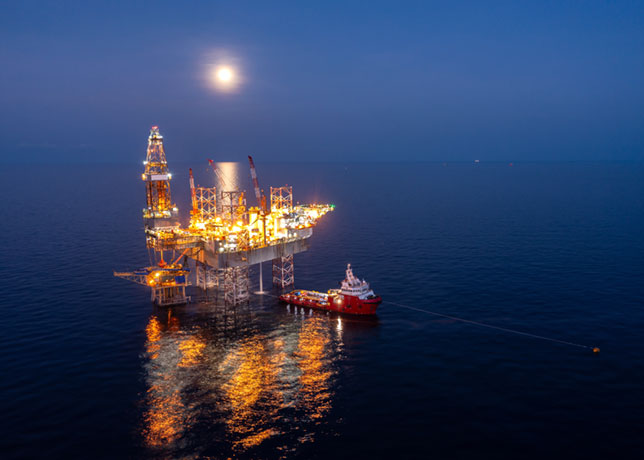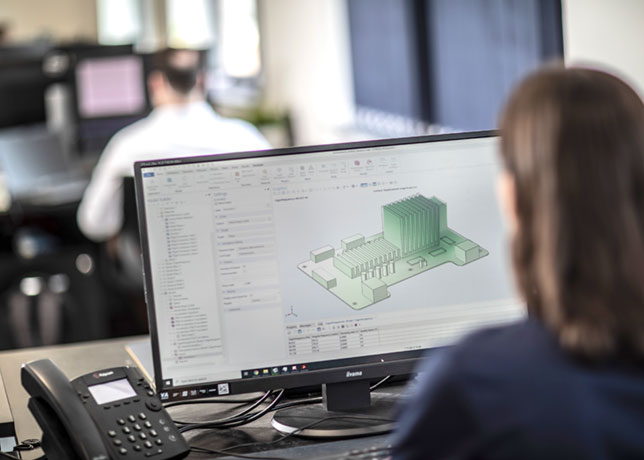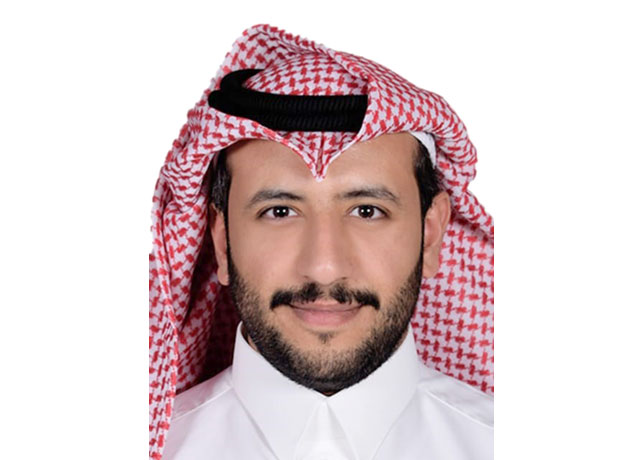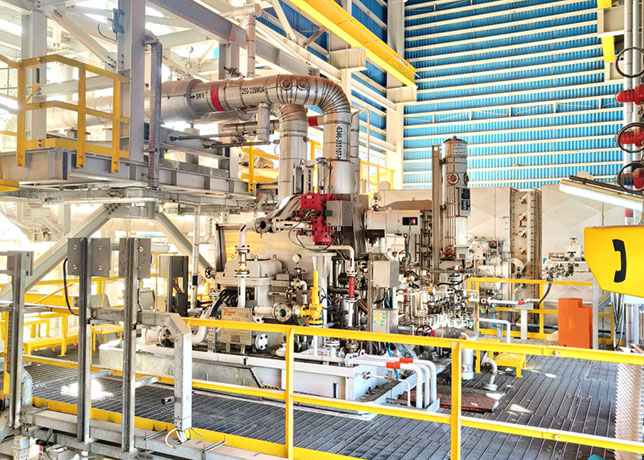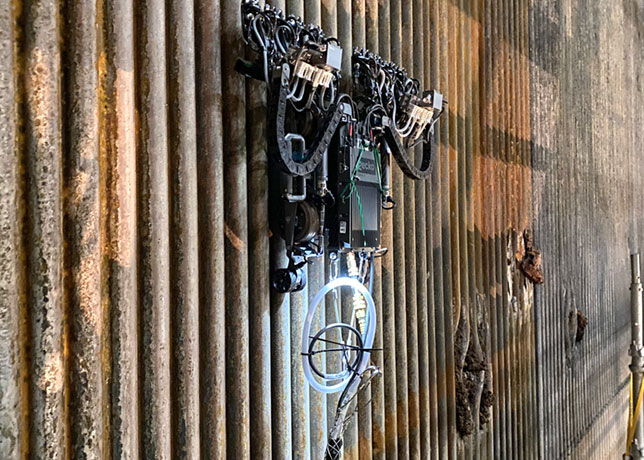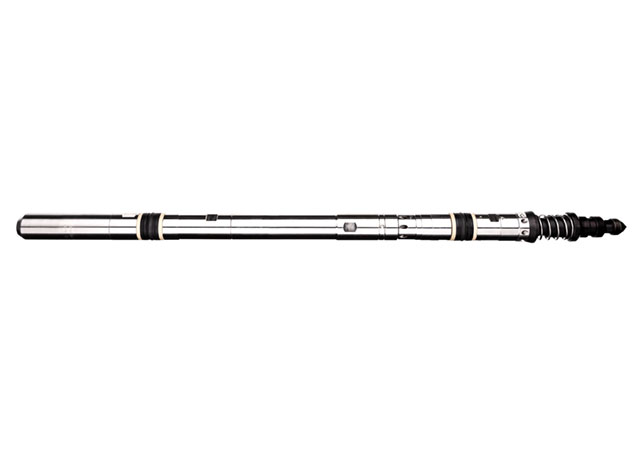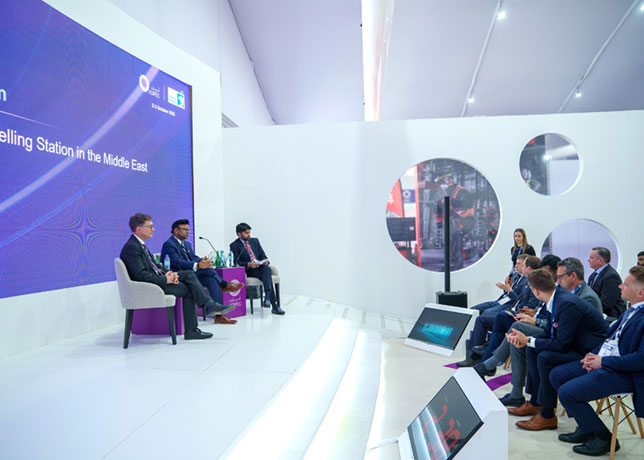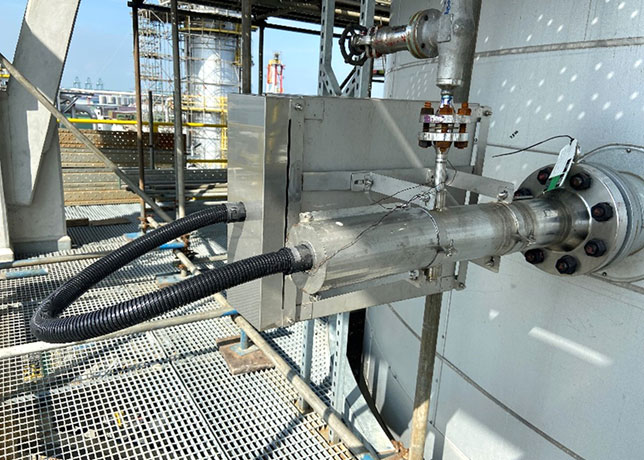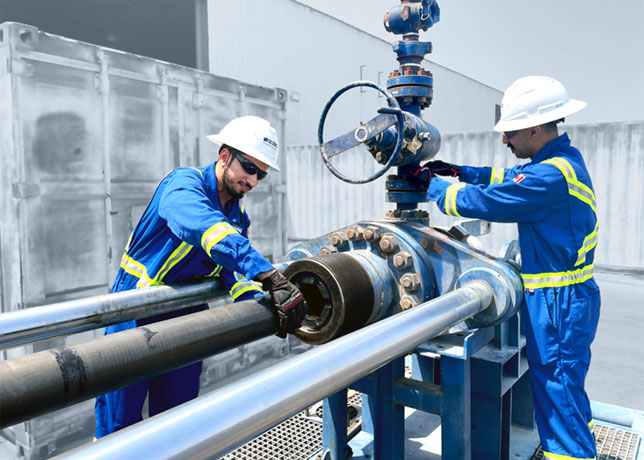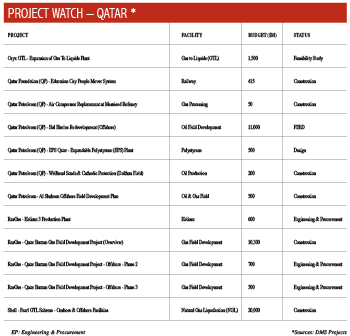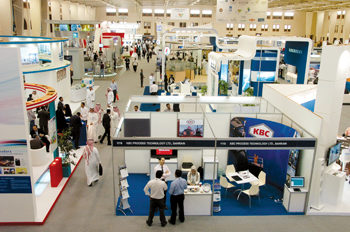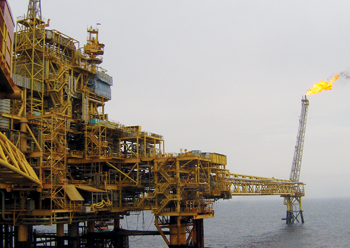
Ashtead Technology has successfully completed a subsea integrity management project to support BP’s Quad 204 redevelopment of the Schiehallion and Loyal fields, West of Shetland.
Ashtead, a leading independent provider of subsea technology and equipment, deployed its new Deflection Monitoring System (DMS), to capture critical data required to safely deploy and install two subsea manifolds at water depths of 400m. The technology was launched to the market earlier this year.
The system monitors deflection, heading, pitch, roll, depth and other parameters of subsea structures in real time. This allows informed decisions to be made during critical operations, ensuring specified tolerances and safety requirements are taken into account.
The DMS was optimised to the exact pressures and water depths required for the scope of work at Ashtead’s UKAS accredited calibration laboratory before it was launched from a vessel and lowered 400m onto the seafloor.
The project was completed on time and allowed the subsea manifolds to be installed within 24 hours of the DMS being deployed. The entire project was controlled remotely via radio frequency and acoustic data links, removing the need for direct ROV or diver support intervention in order to gather attitude measurements.
Ashtead utilised a range of communication and positioning tools to enhance the accuracy of data collected and to ensure maximum performance of the subsea structure once in place.
This new approach to the installation and integrity management of subsea systems was developed by Ashtead Technology as part of its range of value-added services to significantly reduce risk and cost in subsea operations.
Allan Pirie, chief executive of Ashtead Technology said: "Whilst subsea structures look robust and are designed to last decades, they can be easily damaged during installation and incorrect orientation can lead to stress on flowlines and jumpers.






